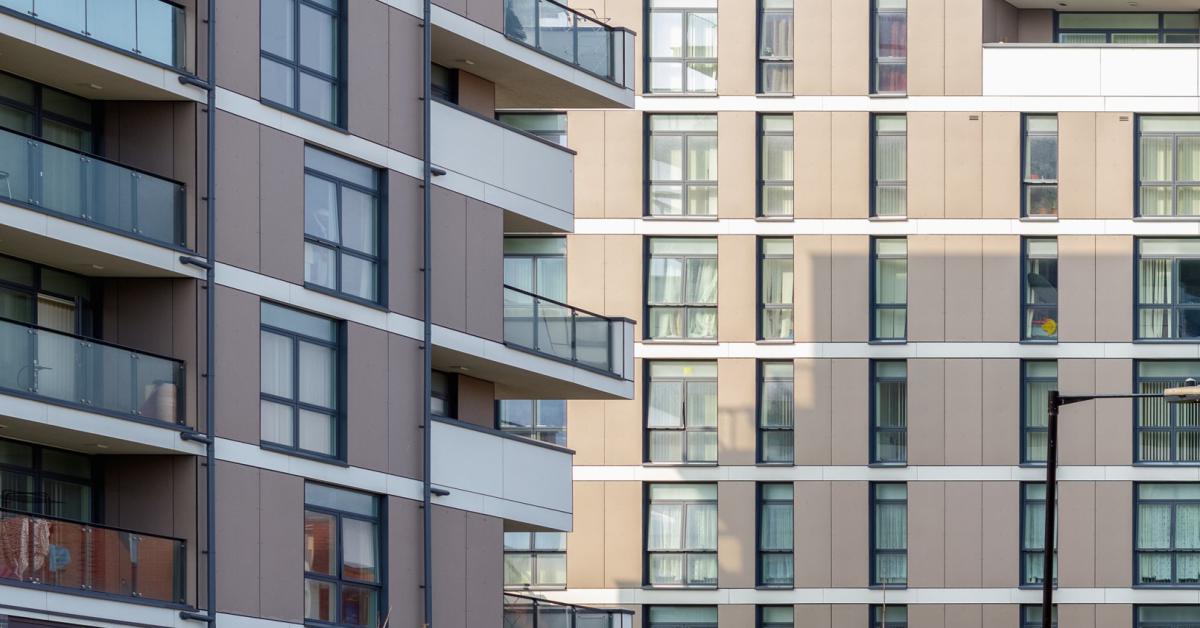

The Building Safety Bill - an update
Building safety, and the removal of dangerous cladding particularly, is of enormous concern to everyone involved in property.
Consequently, it was somewhat refreshing when the Secretary of State responsible for building safety, Michael Gove, appeared to put his foot down and decree in January of this year (2022) that:
“From today, we are bringing this scandal to an end – protecting leaseholders and making industry pay”
The problem with this reassurance was that it was accompanied by a commitment to protect ‘leaseholders living in their own flats’. Not all leaseholders, not all those who played no part in creating the crisis, just those ‘living in their own flats’.
No one begrudges protection for residents, ultimately it is residents’ safety that we all want to ensure, but it is mystifying that the Government has seemingly introduced a distinction between residents and non-residents.
Understandably the NRLA pushed back at this detail, questioning the department and the Secretary of State about this wording, and seeking clarification that non-resident leaseholders, facing exactly the same costs through no fault of their own, would be in fact afforded the same protection.
We received some quiet reassurance that there was no intention to exclude private landlords and awaited a response from the minister.
A month on we are still waiting for a response from Mr Gove, but those quiet reassurances seem to have been contradicted.
On 14 February 2022 the Government tabled a series of amendments to its Building Safety Bill and issued a press release explaining that the new laws would make industry pay for building safety.
The Government’s statement proudly reiterates that these clauses mean “no leaseholder living in their own home, or subletting in a building over 11m, ever pays a penny for the removal of dangerous cladding”.
This sounds like the news we have all been waiting for, until you look into the detail.
What received no attention in this announcement was the fact that amongst the amendments tabled to the Bill was a new clause defining ‘qualifying leases’ i.e., determining which leaseholders the Government deems worth of protection from remediation costs.
Unsurprisingly, resident leaseholders are included.
Positively, non-resident leaseholders who only own one other property in the UK are offered protection.
Disgracefully, any other non-resident leaseholder, for example a private landlord who owns their own home and two other UK properties, does not qualify for protection.
Prior to this amendment, which is yet to be debated, there was no definition of a qualifying lease because all long leases in buildings in need of remediation where service charges were charged were assumed to be covered.
The question which must be asked is why are those leaseholders with other properties, who are no more at fault than resident leaseholders, being left high and dry?
These amendments are due to be debated in the House of Lords later this month, when we will be seeking answers and to do everything we can to prevent this exclusion being agreed, but fundamentally the Government needs to explain why it is excluding buy-to-let landlords from its support schemes.
Without a change of course, private landlords will be left with bills they cannot afford and work to remove dangerous cladding risks being slowed down completely.

